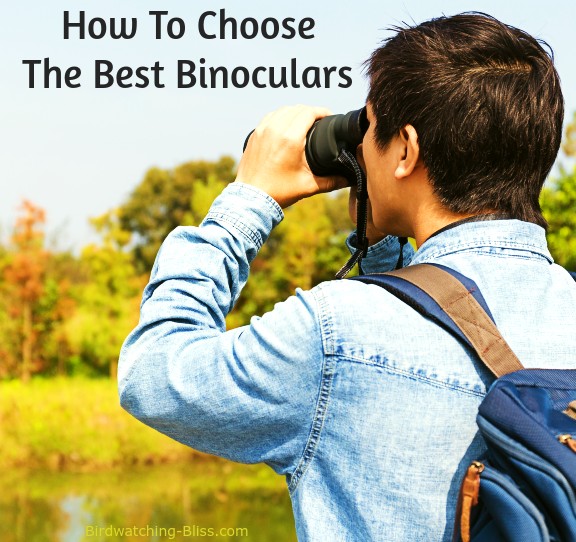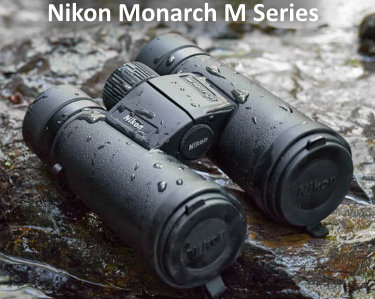I just put this together for a friend over at Nikon Cafe, a few thoughts. (He was contemplating a great deal on some Zeiss SFL 10x40 Which he ended up buying, and or Nikon Monarch HG) He had an old Leica Trinov pair from 30 years ago, that while still good, he was ready for an upgrade with new coatings.
Binoc thoughts on what I own.
I currently have in my stable a compact 10x25 Cabela compact ED glass, waterproof, made in Japan by Nikon or Canon for Cabela in 2006. Stunning compact binocs, that stay in my vehicle 100% of the time. No longer made of course. and my Astronomy binocs are a Fujinon 16x70 purchased 15 years ago.
Zeiss Conquest 10x42 (one notch down from the SFL/top line). Was around $1100-1300 US new, 6-7 years ago. I bought used from a cafe member who tried them for a few months on the railroad, but they were to large and heavy for using from the train cab, he purchased a 8x32 Zeiss SFL, paid $$$$ for them. I bought these binocs from him at a significant discount, and it was also as part of his Christmas gift to me. He was my best friend, and just passed from Cancer 2 years ago.
Next is my Monarch 7, purchased 3-4 years ago, on a big sale, normal price was $600-700 range, bought at steep discount new. At the time Nikon was revamping their binocular lineup, and changing the monarch 5,7,9 line, and the 7/9 were melded into the current HG. You may note that my binocs exterior are identical to the HG. Same focus, bracing, caps, knobs.
Third and final pair in the stable is my Nikon EDG 10x42, the first great pair of binocs purchased, (I have had good in the past including a Swaro 10x42 top line, that I sold soon after purchasing the EDG.)
First, I wear eyeglasses, this creates issues with me on some brands of binocs, including eye relief with glasses. I also have astigmatism, so usually, I use them with my glasses. During astronomical use, I sometimes take my glasses off. Yes I use both the EDG and Fujinon for astronomical use.
Why I no longer own Swaro, back then, their eye relief, and field of view when using glasses was not as good as Zeiss or Nikon EDG (best back then). But most important, they glared more in bright backlighted conditions toward evening, when viewing into fields with the sun setting in front of you. Not good. Caveot, that was a decade or more ago.
My Nikon EDG, I purchased and paid I think $1700 US on sale, new, Full retail back then was over $2200-2300. Equal in quality and in some instances better than the top Zeiss and , (at that time). I checked all three brands a lot back then. Made my choice. Back then, at that time the EDG were obviously better than the Swaro and Zeiss. There was disbelief in the birding community, back then, brand loyalists could not believe it, but my experience and actual comparisons with other owners copies, I stand by my thoughts that the EDG and EDG II from Nikon in 2008-2015/2017 or so were better than any Zeiss or Swaro at THAT time.
Zeiss and Swaro both upped their game greatly in the last decade. They made binocs equal to the EDG starting in the mid early teens in my humble opinion. Then Nikon discontinued the EDG II line at that time.
The Zeiss I purchased from my friend are great, and 98% of my EDG. They are that good. The Nikon Monarch 7, are 92-95% of the EDG. I am using % to indicate how close all these are really. You see the biggest difference in strong backlights, field of view, eye relief. Which keeps the Nikon monarch 7 closer than expected.
The Zeiss are my spouses primary binocs, and stay in our bedroom, the Monarch 7s stay in the living room for fast casual use, grabbing and going to the porch. We use binocs on our farm and property a great deal. Finally the EDG are my hunting and outdoor binocs and get the most use and abuse. They are the most rugged, weigh the most, but are still my best binocs, with the newer Zeiss close behind.
What follows is a spacing project with dots instead of numbers, to give my thoughts a visual impact.
Weight in this order lighter to heavier:
Monarch 7…Zeiss Conquest………….EDG
Glass flare in backlight quality: EDG…Zeiss………Monarch 7
Eye relief and field of view: EDG..Monarch 7..Zeiss. All pretty close
Glass color accuracy, contrast, aberrations, and edge of view sharpness:
EDG..Zeiss…..Monarch 7
Final thoughts: The newer Zeiss SFL are designed to be very light with faster focus knobs and are a big difference compared to the SL or Conquest line of old. I am not sure how the Nikon HG compares to the Monarch 7/9 line, but bet it is at least as good and probably better. Those used EDG are still probably better, than your new choices, but warranty, repairs, and weight, age, I would say avoid them, but they are great.
Hope these thoughts help. My gut says, get the Zeiss SFL.
For information purposes only. The new Swaro Pure I have not looked through or tested visually. I expect excellence of highest magnitude. Same with new ultra Zeiss.




